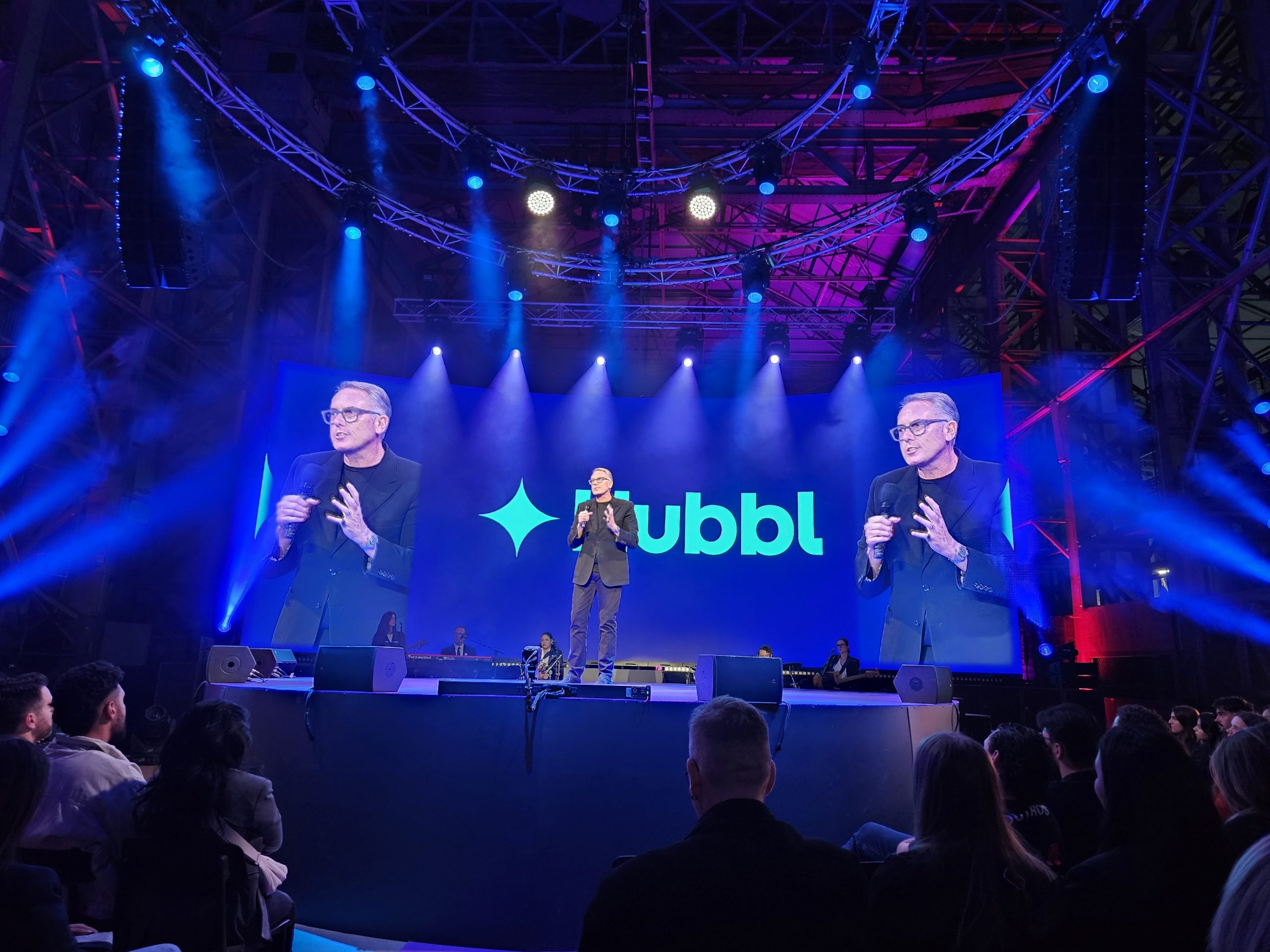Uncategorized
Navigating the Streaming Hardware Seas: Foxtel’s Hubbl Dives In
In a bold move to cement its place in the increasingly crowded streaming hardware market, Foxtel has unveiled its latest offering, Hubbl. Amidst the spectacle of Hamish Blake shimmying across TV screens in a Hubbl set-top box costume, consumers are left pondering the necessity of this new gadget in a world where smart TVs are the norm. This article delves into the intricacies of Hubbl, weighing its merits against the omnipresent question: Do we need another streaming device?
Hubbl: A Fresh Contender or Redundant Addition?
At first glance, Hubbl appears to tread familiar ground. Available as both a set-top box and a sleek 4K television, Hubbl enters a market where the average Australian living room is no stranger to smart TV functionality, thanks to the ubiquity of brands like Apple, Google, and Samsung. Despite this, Foxtel’s Hubbl distinguishes itself through a blend of aesthetics and user-centric design. The Hubbl Glass TV, in particular, offers a splash of color in an otherwise monochrome market, with options like Ocean Blue and Dusky Pink. However, when it comes to the crunch—performance and utility—the device finds itself in a fierce battle for relevance.
The User Experience: Seamless Integration or Limited Horizon?
Foxtel’s Hubbl platform banks heavily on simplicity and the integration of multiple streaming services under one roof. This unification of content sources, from Netflix to ABC iview, into a single interface presents a compelling argument for those seeking convenience. Yet, this simplicity comes at a cost. The device’s reliance on partnerships for app integration means that any service outside of its established relationships—be it BritBox or Shudder—remains inaccessible through Hubbl. This limitation, coupled with the device’s inability to record live TV, places potential constraints on the user’s viewing experience.
Moreover, the allure of discounted streaming service bundles through Hubbl, while financially appealing, raises questions about the long-term viability and flexibility of such arrangements. The streaming landscape is ever-evolving, with new services emerging and existing partnerships potentially dissolving.
Conclusion: To Hubbl or Not to Hubbl?
Foxtel’s Hubbl makes a commendable attempt to carve out its niche in a saturated market by prioritizing ease of use and aesthetic diversity. However, its success hinges on whether these attributes alone can sway consumers from the comprehensive functionality offered by smart TVs and existing streaming devices. While Hubbl presents a viable option for those in the market for a new TV or set-top box, its limitations—particularly in app availability and recording functionality—suggest that it may not be the revolutionary device Foxtel hopes for.
In the end, the decision to adopt Hubbl will depend on individual priorities: the value of an integrated platform and unique design versus the breadth of content accessibility and technological versatility. As the streaming hardware market continues to evolve, Hubbl’s place within it will be determined by its ability to adapt and expand beyond its initial offerings.













